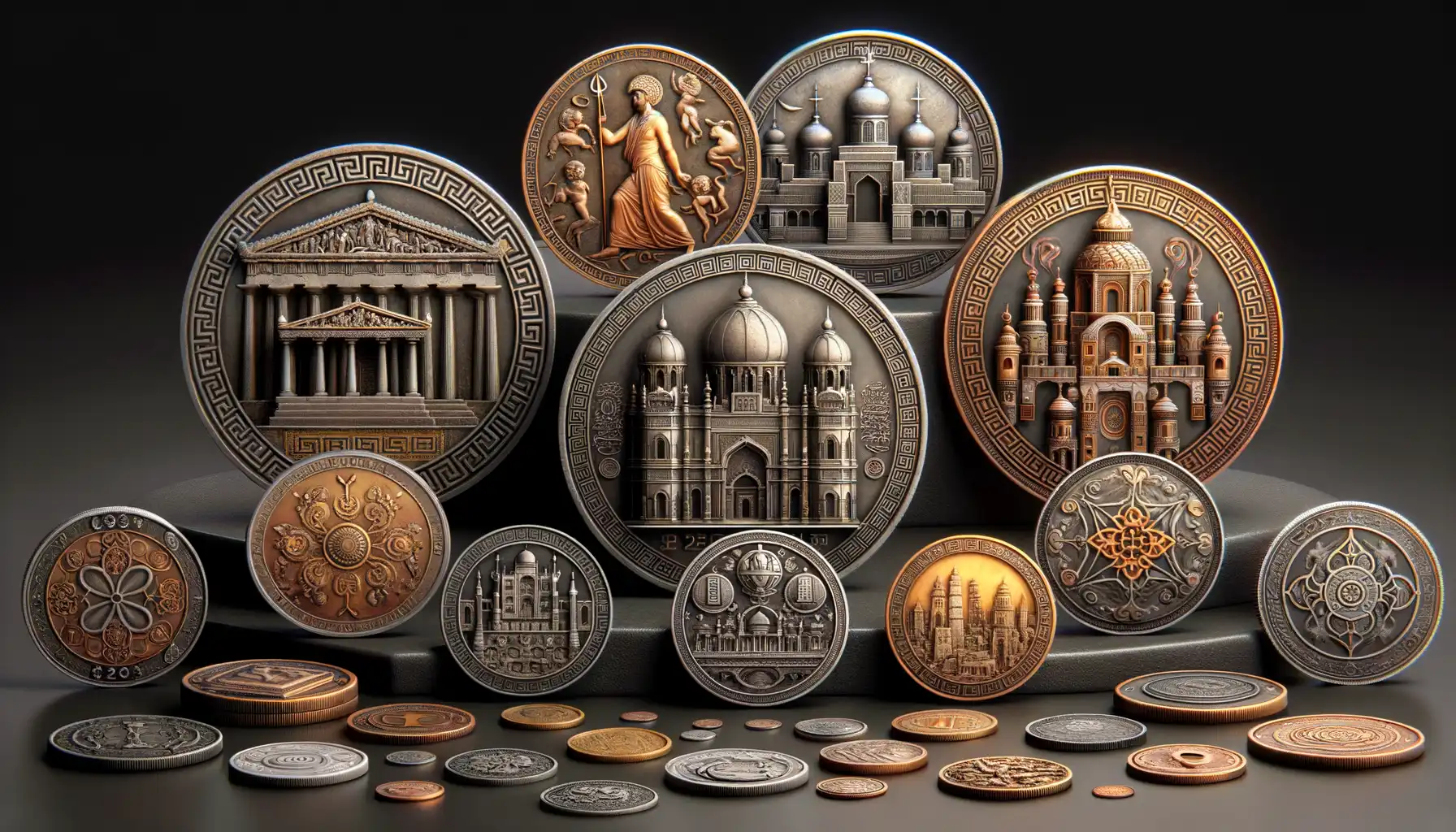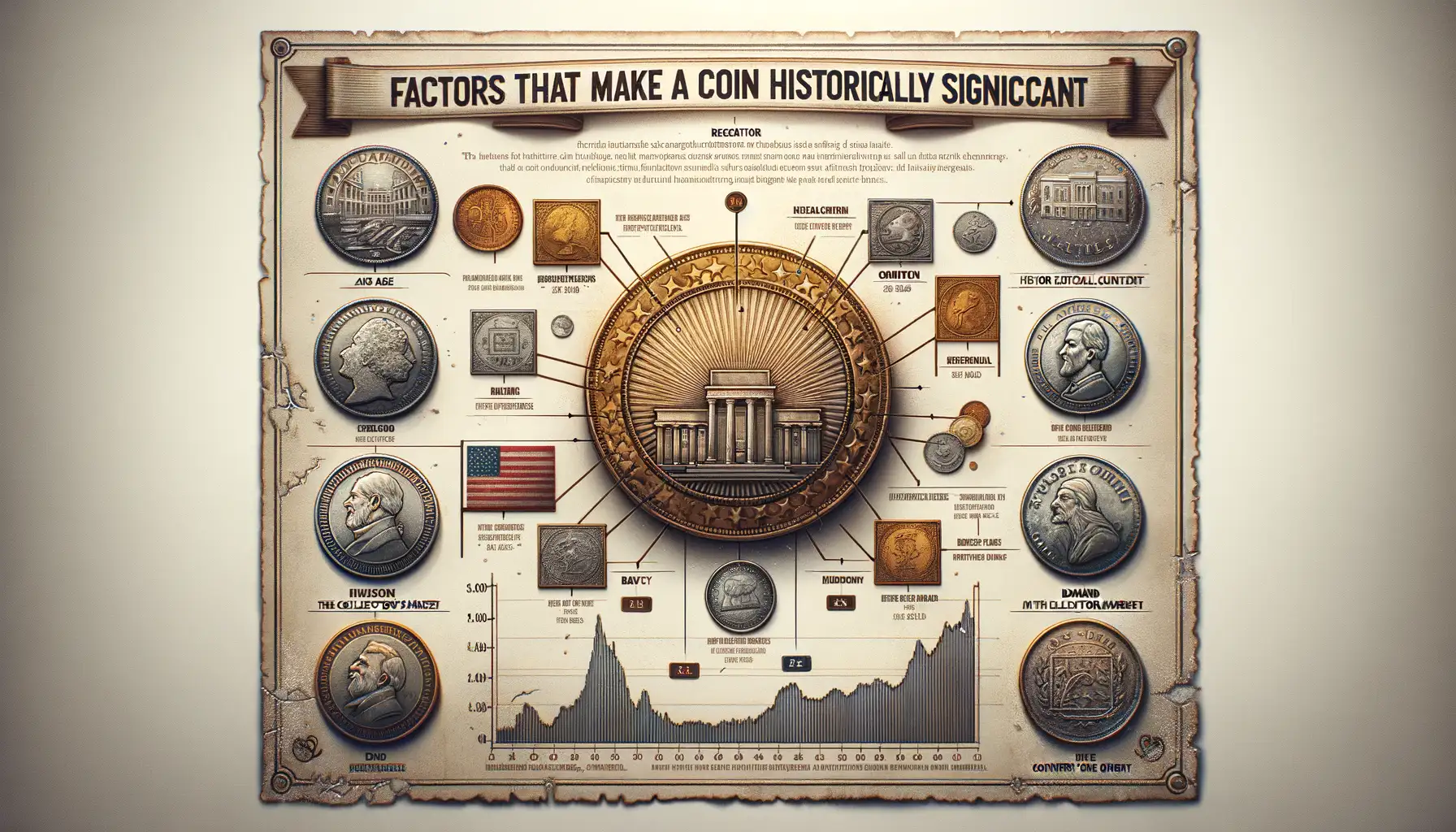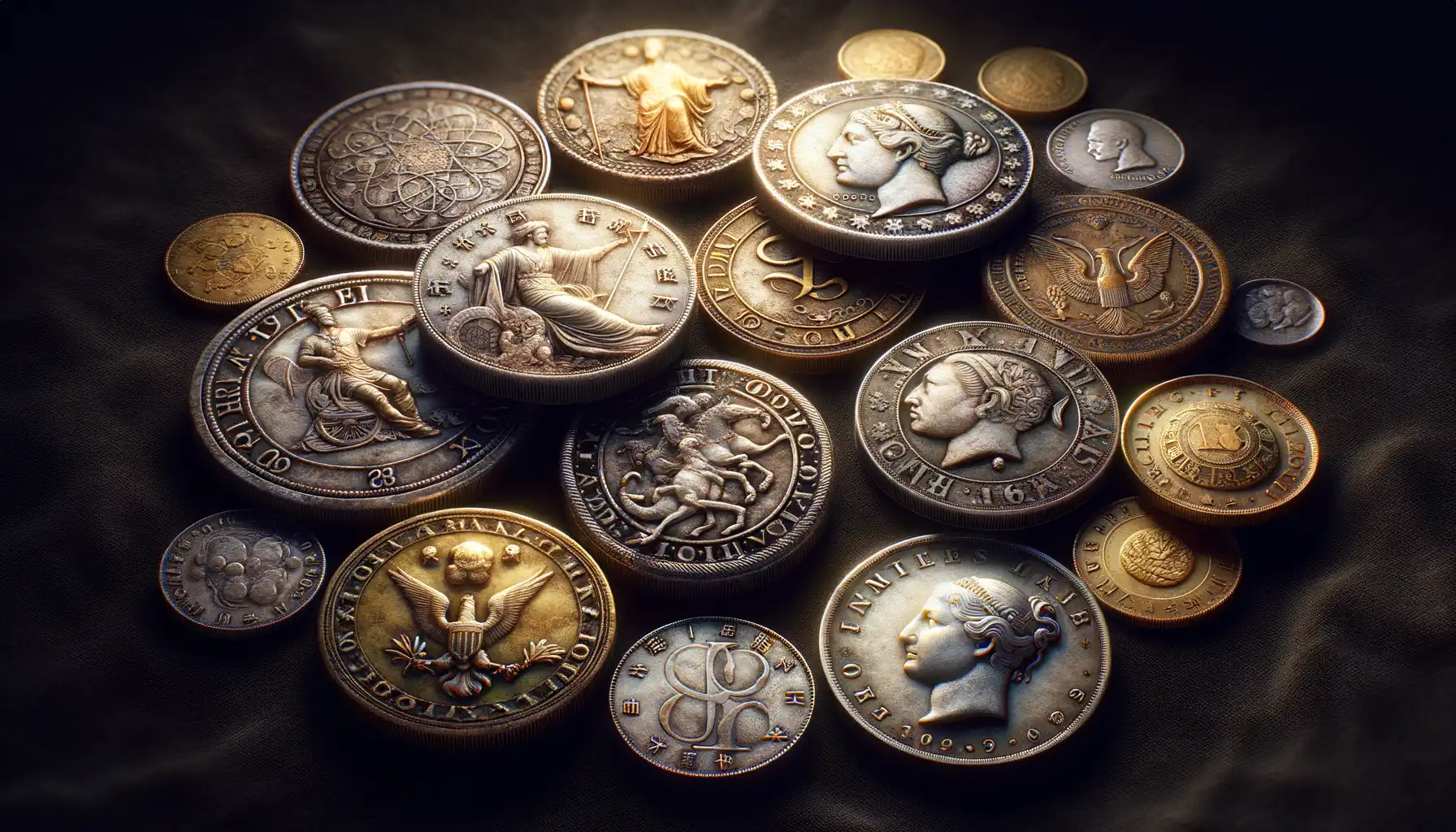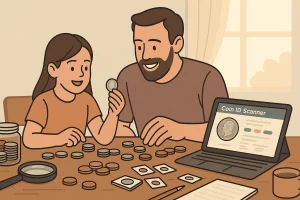Introduction to Rare Coins and Their Importance
Have you ever held a piece of history in the palm of your hand? Rare coins are more than just metal discs—they are time travelers, carrying the whispers of bygone eras and untold stories. These extraordinary treasures connect us intimately to the past, offering a glimpse into the lives, struggles, and triumphs of those who came before us. But what truly makes them so captivating? Let’s dive in.
The Magic Hidden in Rare Coins
Imagine finding a coin minted during the reign of Julius Caesar, or one that jingled in the pockets of a medieval merchant. Rare coins are not just collectibles; they’re portals to moments long gone. Their importance lies in the way they reflect the artistry, politics, and economies of their time. A simple copper coin might reveal the collapse of an empire or commemorate a once-forgotten revolution.
- Gold, silver, and even iron can signify wealth, scarcity, or trade routes.
- Imagery: Symbols and faces stamped on coins highlight rulers, gods, or cultural milestones.
- Inscriptions: Ancient languages and messages can shed light on alliances or declarations.
Rare coins are like bottled lightning—they spark curiosity, preserve legacy, and unlock chapters of history we never knew we needed to read.
Historical Eras Represented by Rare Coins

Echoes of Ancient Civilizations in Rare Coins
Rare coins are like time capsules, each one holding a piece of history so tangible you can almost hear the whispers of ancient markets and royal courts. Imagine holding a silver denarius from the Roman Empire—its edges smoothed by centuries of hands and its design showcasing the profile of Emperor Augustus. This coin isn’t just metal; it’s a symbol of Rome’s dominance and artistic sophistication.
Or consider the mysterious allure of Greek drachmas, adorned with intricate depictions of gods like Athena or Zeus. These coins don’t just tell us what was valued economically—they reveal how mythology permeated every aspect of ancient life. You can practically smell the olive oil that once spilled over market stalls as merchants weighed these pieces during trades.
- The Renaissance inspired coins that immortalized legendary figures like Leonardo da Vinci.
- Medieval hammered coins hint at turbulent times when rulers reshaped kingdoms—and currencies.
Every era leaves traces of itself. Each coin is a window into how people lived, traded, and even dreamed, giving collectors the rare privilege of *actually* touching history instead of simply reading about it.
Factors That Make a Coin Historically Significant

Why Some Coins Tell Stories That Transcend Time
Imagine holding a coin that whispers secrets of ancient empires, revolutionary movements, or bygone royalty. What makes a coin so extraordinary, so historically significant that collectors and historians alike cherish it? Let’s peel back the layers:
- Its connection to pivotal events: Coins minted during turning points in human history—like the Roman denarius struck after Julius Caesar’s assassination—are artifacts that bring those moments to life.
- Famous faces and symbols: From Alexander the Great to Queen Elizabeth I, coins featuring iconic figures or symbols immortalize the essence of their eras, making them historical landmarks in your palm.
- Rarity born of circumstance: Short-lived designs, political shifts, or economic crises often result in limited production. The U.S. 1933 Double Eagle is a perfect example, outlawed before circulation yet now one of the most sought-after coins in the world.
The Story Hidden in Metal and Minting
Then there’s the craftsmanship and materials. Some coins are historical because they pioneered minting techniques or were crafted from rare metals tied to a specific geography. Picture an ancient Greek silver drachma—its weight and design weren’t just economic tools; they represented the culture’s technological sophistication.
And let’s not forget the quirks! Errors—like the “Inverted Jenny” of the coin world—can make a piece instantly legendary. These peculiarities remind us that even in the controlled art of coinage, the unexpected creates charm and value.
Every coin has a heartbeat, a memory pressed into its surface. Dive deep, and you’ll find these tiny relics don’t just tell history—they *are* history.
Notable Examples of Rare Coins Throughout History

The Legendary Faces of Rare Coins
Few items blend art, history, and intrigue like rare coins. Take the coveted 1794 Flowing Hair Silver Dollar, thought to be one of the very first silver dollars minted in the United States. Imagine holding it—it’s not just hefty in value but also steeped in the dream of a young America finding its footing. Every worn edge whispers stories of hands it passed through during the nation’s infancy.
Then there’s the enigmatic 1943 Bronze Lincoln Cent. By what seems like sheer accident, this penny was struck in bronze rather than steel during wartime rationing of metals. It was never meant to exist, yet a handful slipped through the cracks, sparking decades of hunting among collectors. You know you’ve hit the jackpot when a coin becomes a treasure hunt.
- The golden hues of the 1933 Double Eagle: A coin so rare it was almost entirely melted down by the U.S. government.
- The mystical Edward III Florin: A medieval British coin that feels like it belongs in a fantasy novel—with only three known survivors worldwide.
Every coin tells a story, etched not just in metal, but in the spirit of the era it represents.
Preservation and Collecting Tips for Rare Coins

Handle Your Treasures Like a Pro
Owning a rare coin is like holding a slice of history in your palm—a tangible link to days long gone. But preserving these miniature time capsules? That requires care. Start with the golden rule: always hold coins by the edges. Touching the surface can leave behind oils and fingerprints that tarnish their beauty.
Storage matters just as much. If you’re placing your coins in a drawer or leaving them in flimsy envelopes, stop! Invest in acid-free holders or sturdy coin albums instead. For those truly exceptional pieces, splurge on airtight capsules to shield them from air, moisture, and even curious hands. Think of it like giving your coins a suit of armor—they’ve earned it!
- Keep coins far, far away from heat or humidity. A basement might sound safe, but moisture can be a coin’s worst enemy.
- If cleaning feels necessary, resist the urge! Most rare coins lose value if cleaned improperly. Trust a professional or, better yet, leave them untouched.
Building a Collection Worth Bragging About
Collecting rare coins isn’t just about hoarding shiny objects—it’s a thrilling treasure hunt. First, decide your focus. Maybe it’s Ancient Roman denarii, sparkling with tales of emperors, or perhaps Civil War-era pennies sing to your soul. There’s no wrong answer, only passion.
Next, authenticity is key. Seek out respected dealers or attend reputable coin shows. Online marketplaces work too, but tread cautiously and arm yourself with knowledge. Pro tip? Carry a loupe (a tiny magnifying glass) to scrutinize details when buying in person.
And don’t forget to enjoy the art of display! A beautifully presented collection can spark conversations, inspire others, and—you guessed it—make you fall more in love with your coins every day. They’re not just coins; they’re stories, legacies, and, perhaps, the crown jewels of your personal museum.



